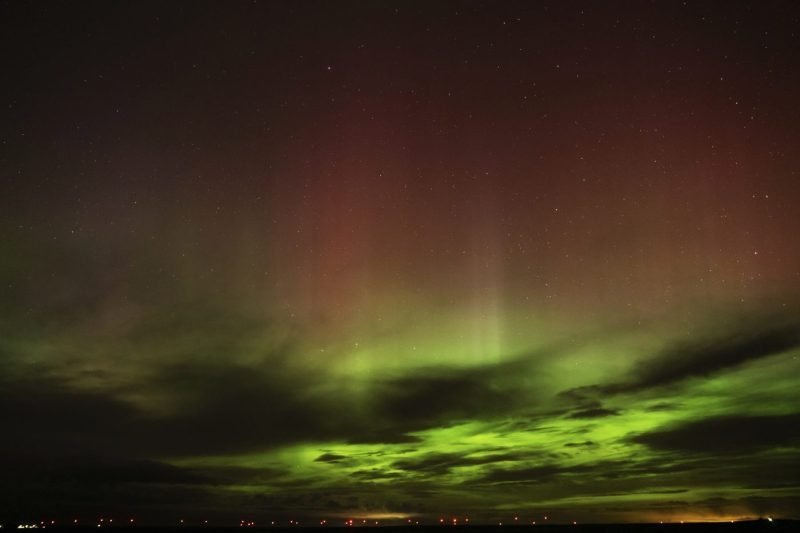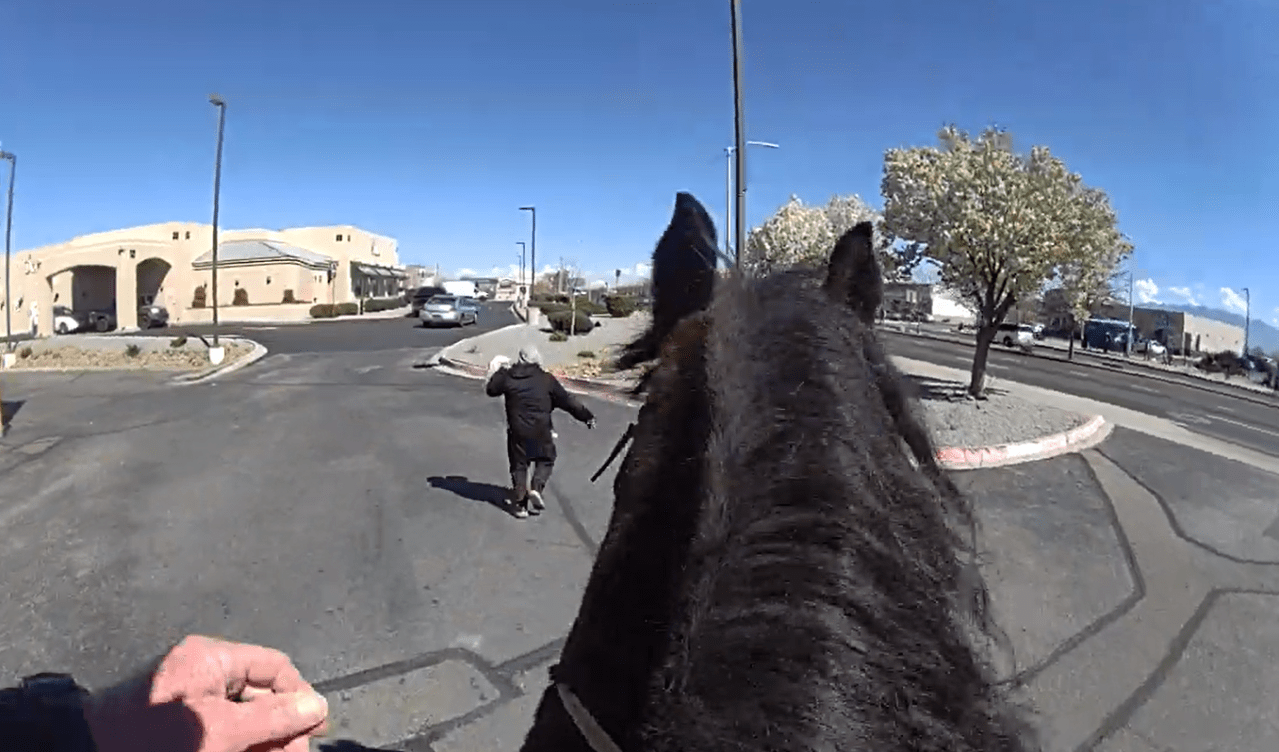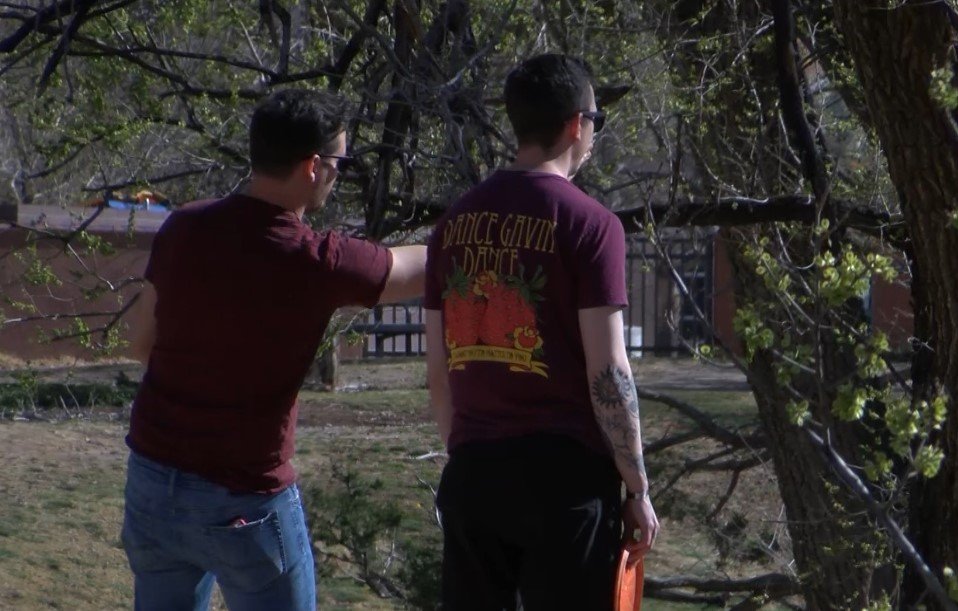(Nextstar) — The “Severe” geomagnetic storm recorded over the weekend It reached the strength known to send the Northern Lights as far south as Alabama, but it looks like it may not happen Monday night.
On Saturday, NOAA’s Space Weather Prediction Center issued the Geomagnetic storm watch A coronal mass ejection and solar flare were on track to impact Earth as of Monday. At the time, the agency said geomagnetic storms could reach G2 “moderate” and G3 “strong” strength. Next day SWPC Warned the storm had reached “severe” G4 conditions.
While this may seem serious, SWPC notes that there is no cause for alarm among the general public. However, there were expectations that the storm could bring Aurora to the United States
Coronal mass ejections, or CMEs, are bursts of plasma and magnetic material from the Sun. If it moves into space in just the right direction, those CMEs can collide with our magnetic field, sending particles to the north and south poles, NASA said. explains. When these particles interact with oxygen and nitrogen, they can spark the northern lights.
This interaction is known as a geomagnetic storm, the strength of which will affect how far south the northern lights are visible.
SWPC uses a 5-point scale To measure the strength of geomagnetic storms, much like forecasters use scales for tornadoes and hurricanes. At the low end are G1, or small storms that can make the northern lights visible in the northern part of the United States (note that Alaska and much of Canada often have a low chance of seeing the northern lights). The G4 storm, which was recorded over the weekend, could send northern lights as far as northern California and Alabama.
Unfortunately for the US, geomagnetic storms peaked during daylight hours on Sunday, meaning we didn’t have a chance to see the aurora.
It also appears that only a few in the Lower 48 will have a chance — albeit a slim one — of seeing the Northern Lights Monday night.
SWPC’s Monday night aurora forecast appears below. Areas covered in red are most likely to see the Northern Lights, while those in green are least likely. Most of Alaska and Canada can catch a glimpse of the dancing celestial lights.
As for the rest of North America, it looks like only a few northern states have a slim chance at a bright show Monday night: Washington, Idaho, Montana, North Dakota, Minnesota and Michigan. Others, located north of the red sight line, may be able to see an auroral glow on the northern horizon: northern Wyoming, South Dakota, northern Iowa, Wisconsin, New York, Vermont, New Hampshire, and Maine.

Aurora forecasts produced by the University of Alaska Fairbanks Geophysical Institute, however, show slightly better odds for the northern lights flickering in the lower 48.
From Monday morning, Institute predicts High auroral activity, noting that “weather permitting, a highly active auroral display” will reach as far south as Oregon, Nebraska, Illinois, Indiana, Ohio, Pennsylvania, New Jersey, Connecticut, and Massachusetts. The line of sight is predicted to extend through northern California and Nevada, Utah, Colorado, Oklahoma, Arkansas, Tennessee and North Carolina.
The auroral monitor uses data from NOAA; However, this is often based on long-term predictions, The Associated Press previously reported Report.
Forecasts do not take into account cloud cover or local weather conditions. Minnesota And Wisconsin, for example, is expected to see rain (or snow) throughout Monday and into the night, limiting any chance they have of seeing the Northern Lights.
Such geomagnetic activity is likely to increase slightly in the coming months.
According to NOAA, we are near the peak Solar cycle 25, an 11-year period in which the Sun reverses its north and south poles. During this time, various space weather events can occur that can bring geomagnetic storms – and the Northern Lights – to us on Earth.
It can be hard to tell when the U.S. will get a chance to see the aurora borealis, NOAA offers One day and next day forecast To see the possible answer light.
















